9 mistakes to avoid when you clean your car
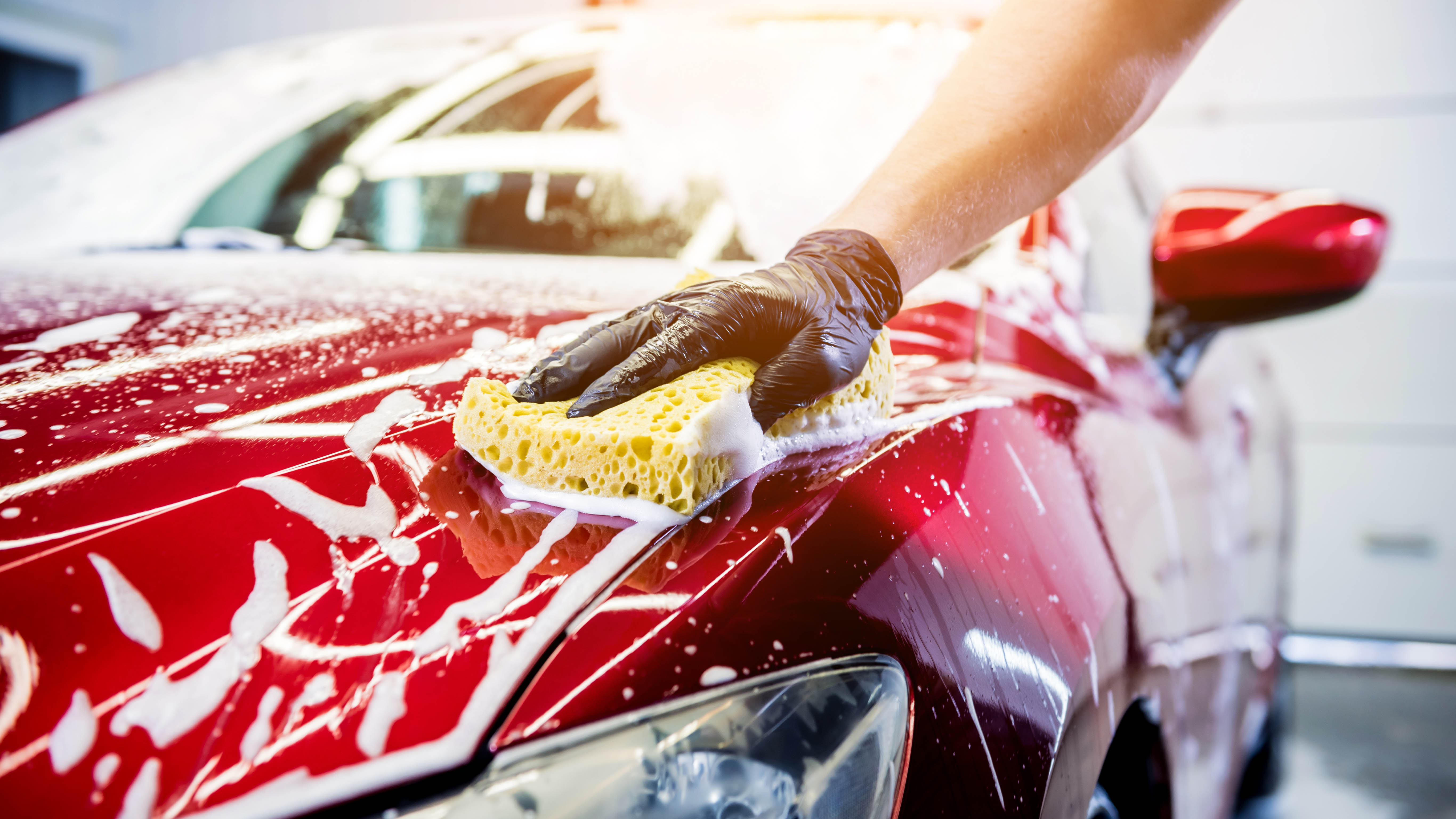
Cleaning the car is one of those chores we either love or hate. At the wrong time of year, it can be a cold and lengthy task, but in the right conditions, it can seem therapeutic and satisfying.
However you feel about it, it’s important that we make time to do it. Otherwise, your car will soon end up caked in dirt and dust, which left unaddressed can damage the paintwork underneath. This debris can contribute to rust on top of this, so cleaning your car is essential.
And while you may have your own routine when it comes to cleaning your car, did you know there are several common mistakes we all make? Mistakes which can actually do more harm than good to your car — damaging it rather than cleaning it. If you’re keen to improve your habits, we’ve listed out what to avoid when you clean your car, and what you should be doing instead.
Are your headlights looking dim as of late? Check out how to clean headlights and get them beaming again. Plus, here are 7 things you should always keep in the trunk of your car.
1. Cleaning in the wrong order

As with everything we clean, there’s actually a right order to clean your car. If you clean it sporadically, you could end up replacing the dirt on areas you’ve already cleaned, making the task counterproductive. For instance, if you clean the roof of the car last, the dirt will drip down over freshly-cleaned sections, ruining all your effort
After pre-rinsing your car with a pressure washer (be sure to use a gentle setting) or a hose, you should apply a car shampoo from top to bottom, finishing with the wheels. Be efficient as well as thorough as you apply the shampoo, making sure to reach into crevices and areas which show a high level of dirt. Then, rinse the shampoo away in that same order.
2. Using any old rags

All detergents and car cleaning products should be applied using the correct materials. Old rags and towels can actually scratch the surface as well as leave residue behind, so keep these away from your car.
Get instant access to breaking news, the hottest reviews, great deals and helpful tips.
Whether you’re washing, drying or waxing your car, we recommend sticking to microfiber products. Microfiber is soft enough that it won't scratch the surface of your car, but it's thorough in collecting dirt as it works. Just remember you'll need to routinely rinse as you use it, otherwise it can collect grit and scratch the surface retrospectively.
A microfiber mitt can be used for applying the car shampoo, such as the Amazon Basics Deluxe Microfiber Car Wash Mitt ($8.96, Amazon). A traditional cloth will work better for drying and applying wax, such as the Chemical Guys Professional Grade Premium Microfiber Towels ($10.99, Amazon). Make sure you have more than one cloth to hand when cleaning your car so you can rotate when necessary. Remember to wash your microfiber cloths between uses as well. Here’s how to clean a microfiber cloth for guidance.
3. Using glass cleaner on the windows
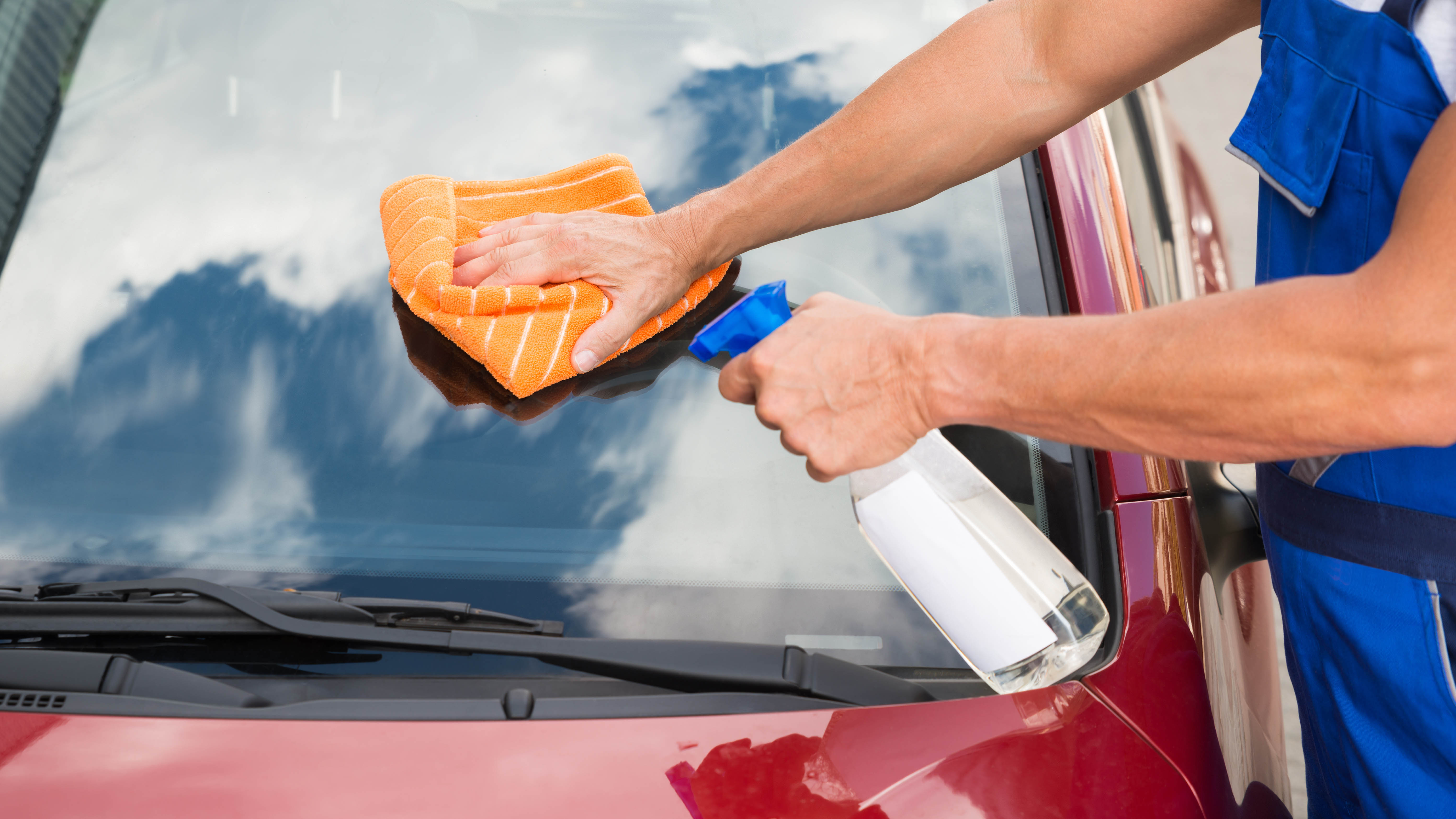
Glass cleaner is designed to be used on glass, so it’s logical to assume it’s the best thing to use on car windows, right? Wrong. Glass cleaner usually contains ammonia to help it evaporate quickly and leave a streak-free finish behind.
The problem is, ammonia can damage the tint on tinted windows, breaking it down until it peels — leading to expensive repairs.
Glass cleaner can also cause car windows to streak and fog, impairing our visibility when driving. For this reason alone, make sure you use a dedicated car window cleaner, such as the Invisible Glass Cleaner for Auto and Home ($13.99, Amazon). Cleaners such as this will be better designed to handle the high levels of debris found on your car windows, plus they won’t damage your tint.
4. Using dish soap on the body
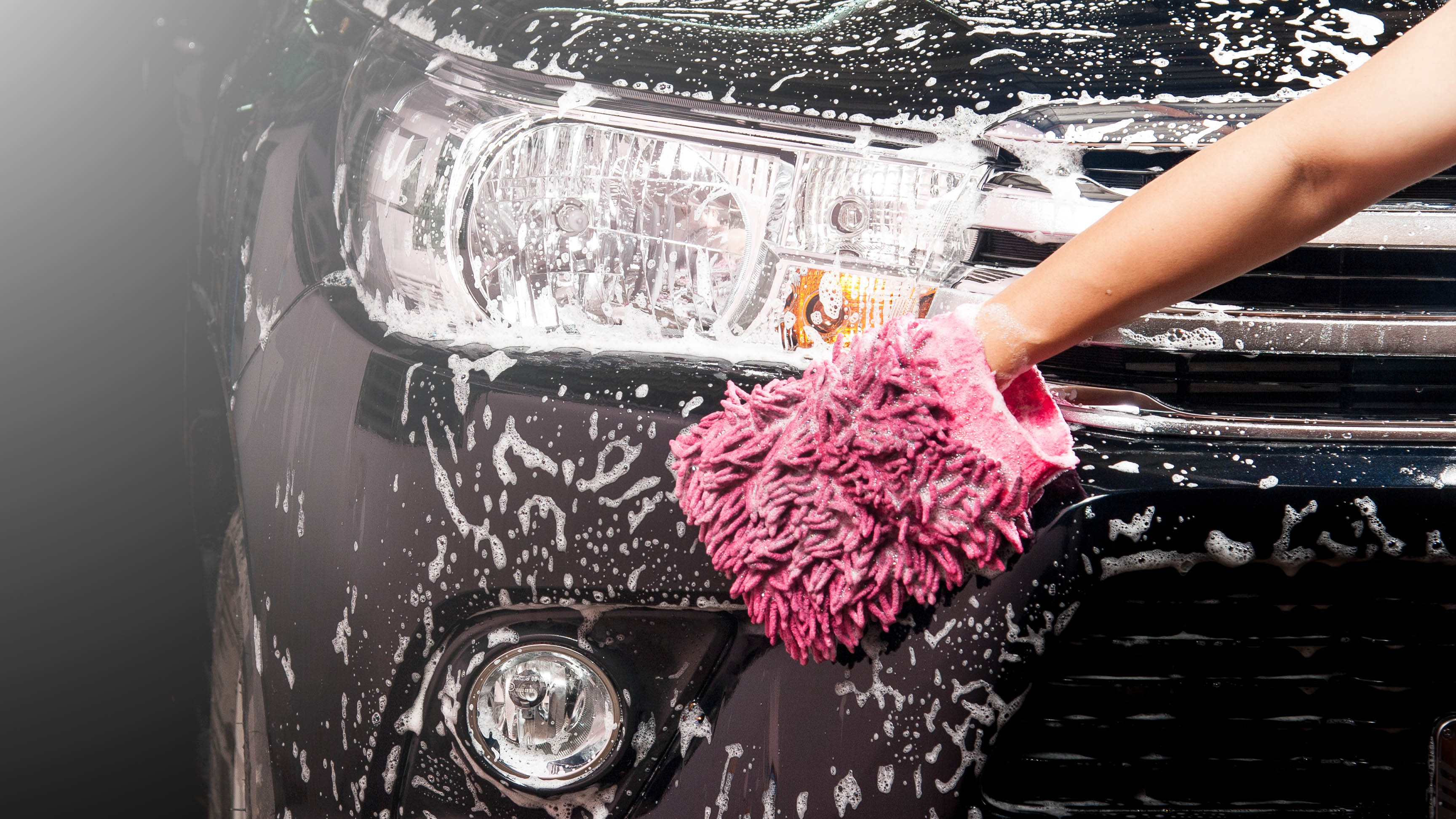
We use dish soap to clean all kinds of things around the house, but it should never be used to clean your car. Dish soap contains degreasing properties — that’s why it’s so good for washing dishes. However, when it comes to cars, this will actually remove the protective layer of wax and oils from the body. Without this layer, the color will appear faded and less glossy. The car will be more susceptible to scratches as well, plus water won’t bead on it so easily.
Always use a dedicated car shampoo, such as the Chemical Guys Extreme Bodywash & Wax Foaming Car Wash Soap ($32.99, Amazon). This will wash your car effectively, while leaving the protective layer intact.
5. Only having one bucket to hand

If you only use one bucket while you wash your car, you’re making a huge mistake.
By rinsing your cleaning materials in the same, dirty water, you’re likely reapplying dirt to the car as you clean it. Plus, should your cloth collect residual grit from the bucket, you can easily scratch your car as you clean it.
Always have two buckets to hand — one filled with hot soapy water, and one with fresh hot water for rinsing. This will keep your soapy water clean. And if you’re dealing with a particularly dirty car, be prepared to replace the water if it grows excessively dirty. We recommend investing in a grit guard for your buckets as well, such as the Viking Automotive Bucket Insert Grit Trap ($8.99, Amazon). This will prevent your cloth from picking up residue so easily.
6. Not drying your car immediately
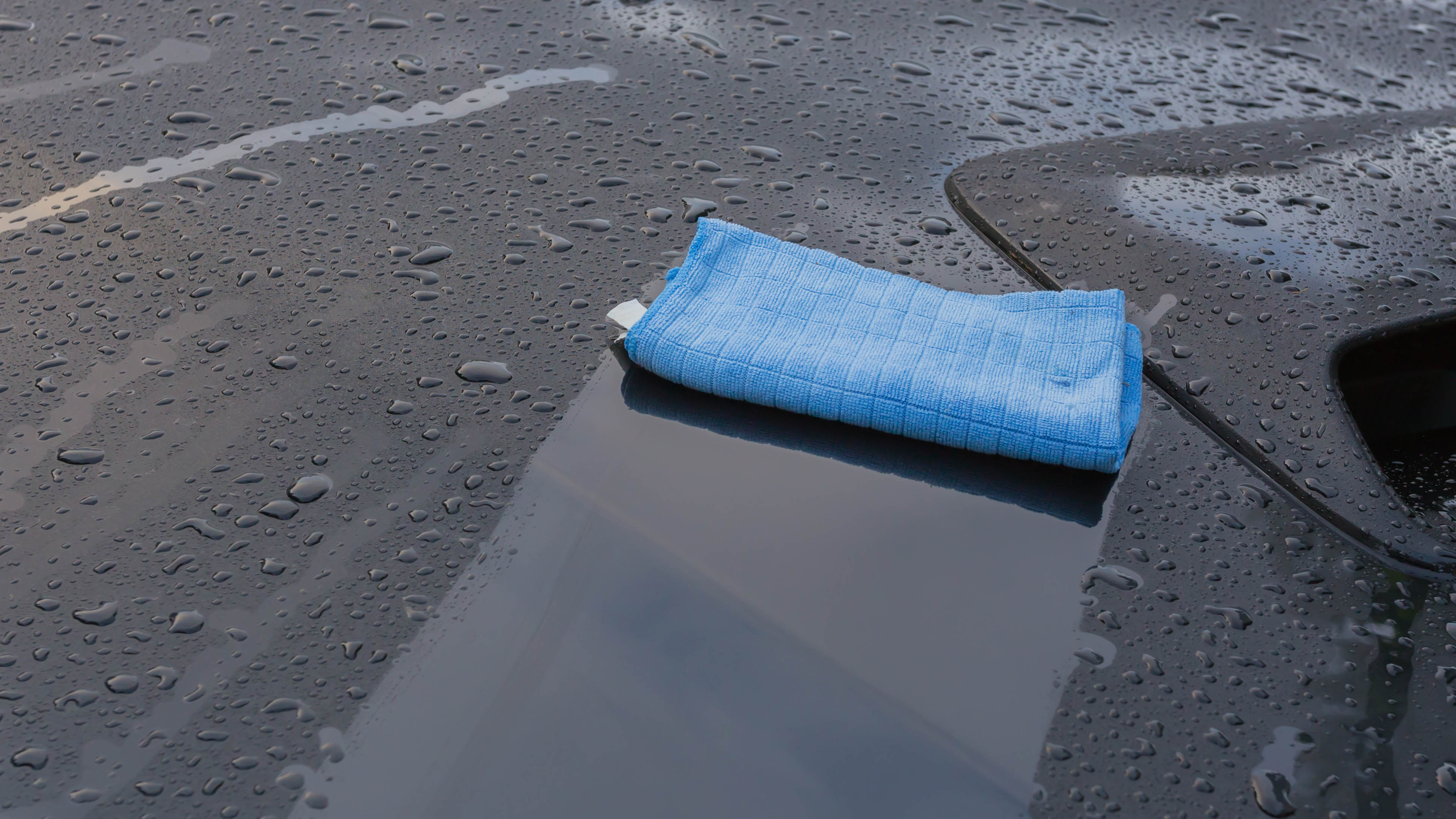
Once your car is washed and clean, you will still need to dry it, otherwise watermarks can ruin the finish. You will need to do this quickly before the water naturally evaporates as well.
An air blower can help with this, but a cheaper method is to use dry microfiber cloths to buff the water away. Remember to have a few to hand so you can swap to a fresh dry cloth when needed. It's also common to use a chamois leather to dry a car, however these can rot if not properly looked after. In recent years, dry microfiber cloths (which are usually machine washable) have made car drying much easier. They're robust, last longer and are more effective at absorbing water.
Washing your car in direct sunlight isn’t recommended for this reason too. The sun and heat will accelerate the evaporating rate of the water, or even the soap, making the task all the more difficult for you.
7. Using a high powered pressure washer
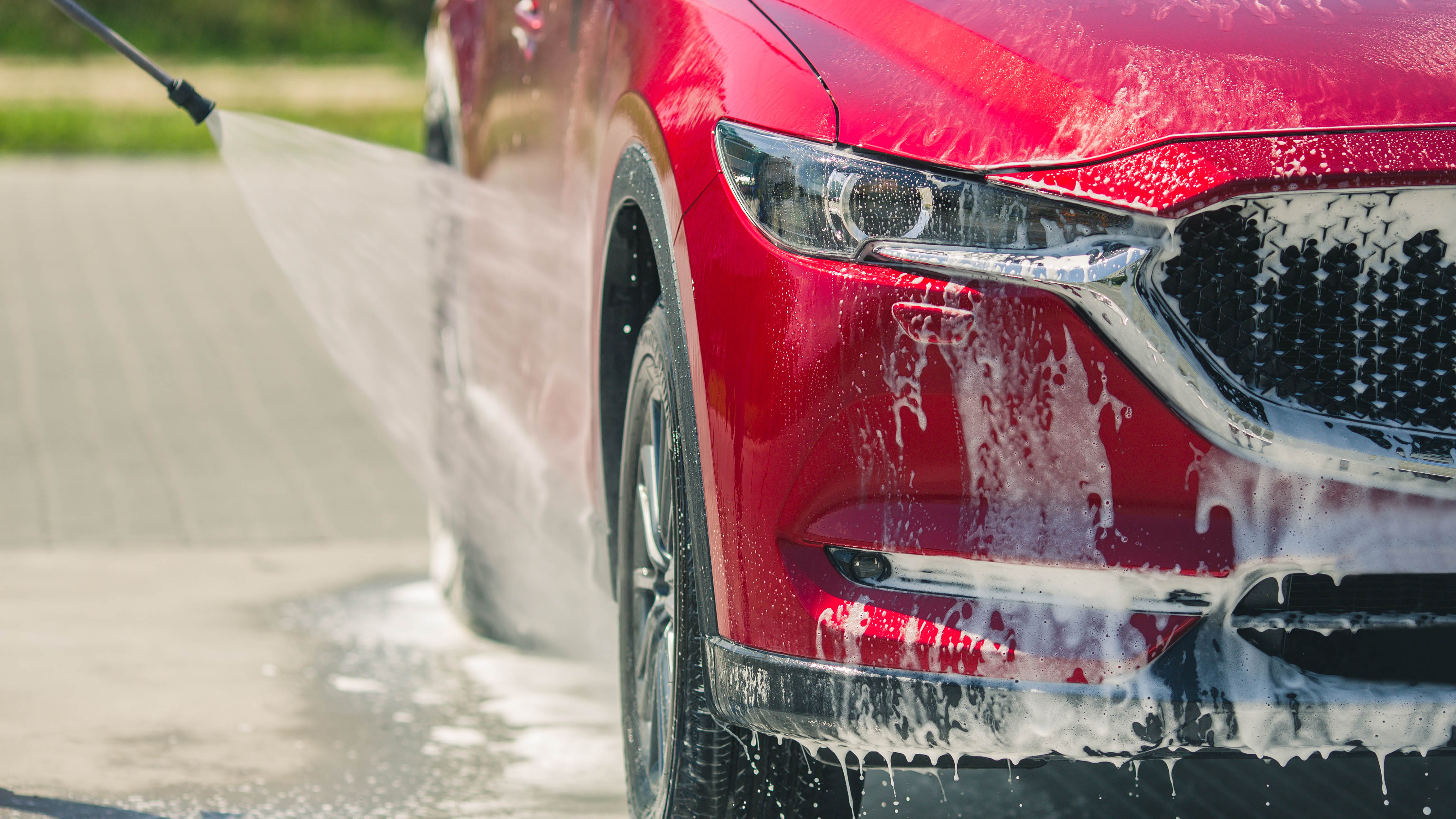
Pressure washers can provide a quick and convenient way of washing your car, and with such power, it can help dislodge dirt at the same time. The trouble is, pressure washers can be so powerful they can damage the wax coating as well as the paintwork of your car if used incorrectly.
If you stand too close, and have your pressure washer set at its highest, direct setting, it could strip away the protective coating and chip away at your paint.
To avoid this, use a relevant attachment and setting to lower the pressure — refer to your manual for guidance on this. Stand at least three feet away and spray the car at an angle, rather than directly. Your paint work will thank you for it. Always check the manual to make sure your pressure washer is suitable to use on a car.
8. Forgetting the interior
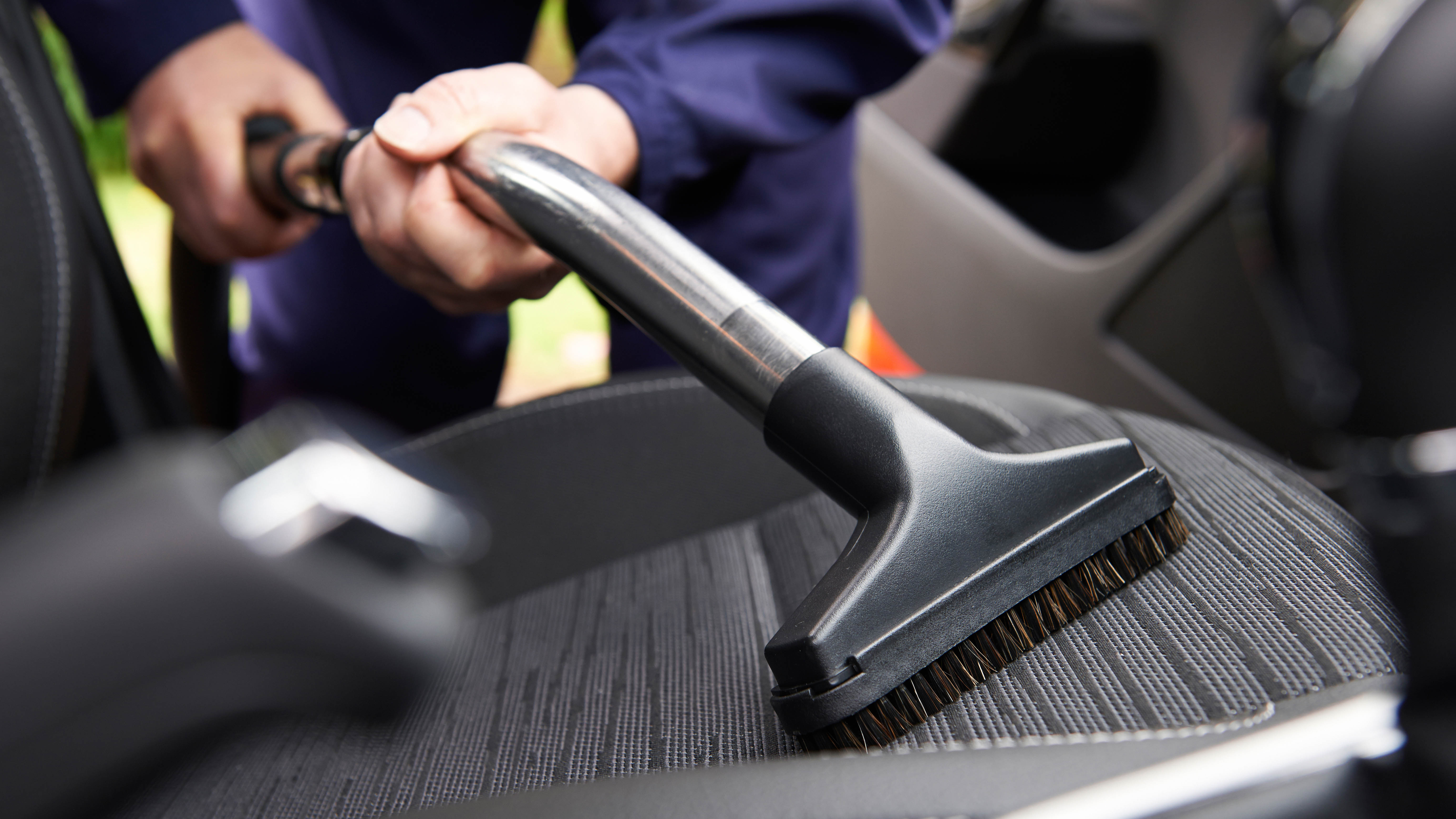
We can get so carried away with cleaning the exterior of the car, that the interior gets forgotten. But, considering how much time we spend in our cars, as well as the dirt, dust and crumbs that build up in there, this is just as important to address.
First, clear out all obvious debris from the glove compartment as well as the pockets in the door. Only store items which are necessary in the boot, such as a first aid kit and high vis clothing. Once you’ve removed all the clutter, use one of the best vacuum cleaners to give the interior a once over.
Depending on the material, use a dedicated upholstery cleaner to clean the seats. Do not use shaving foam or disinfectants to clean the interior — these can stain and damage the surfaces. If you spill anything in your car, pick up the excess as soon as you can before using a proprietary upholstery cleaner.
9. Applying too much wax

Applying the final touches to your car is a satisfying chore — particularly when you see it start to shine with the wax coating.
However, people do have a tendency to get carried away and apply too much wax. There’s no harm or benefit in doing this — it won't cause damage and it won't improve the protection on your car. But, we'd suggest it's a bit of a wasteful (and expensive) habit to get into.
Make sure you read the instructions on your wax product and apply as directed, not using too little or too much.
More from Tom's Guide
- How to clean a car seat like a pro — tips and tricks
- 7 plants to create more privacy in your backyard
- The best electric cars of 2023

Katie Mortram used to be a Homes Editor for Tom's Guide, where she oversaw everything from kitchen appliances to gardening tools, as well as smart home tech. Specializing in providing expert advice for cleaning and home manintenance, she now works as Household Advice Editor for Good Housekeeping.
